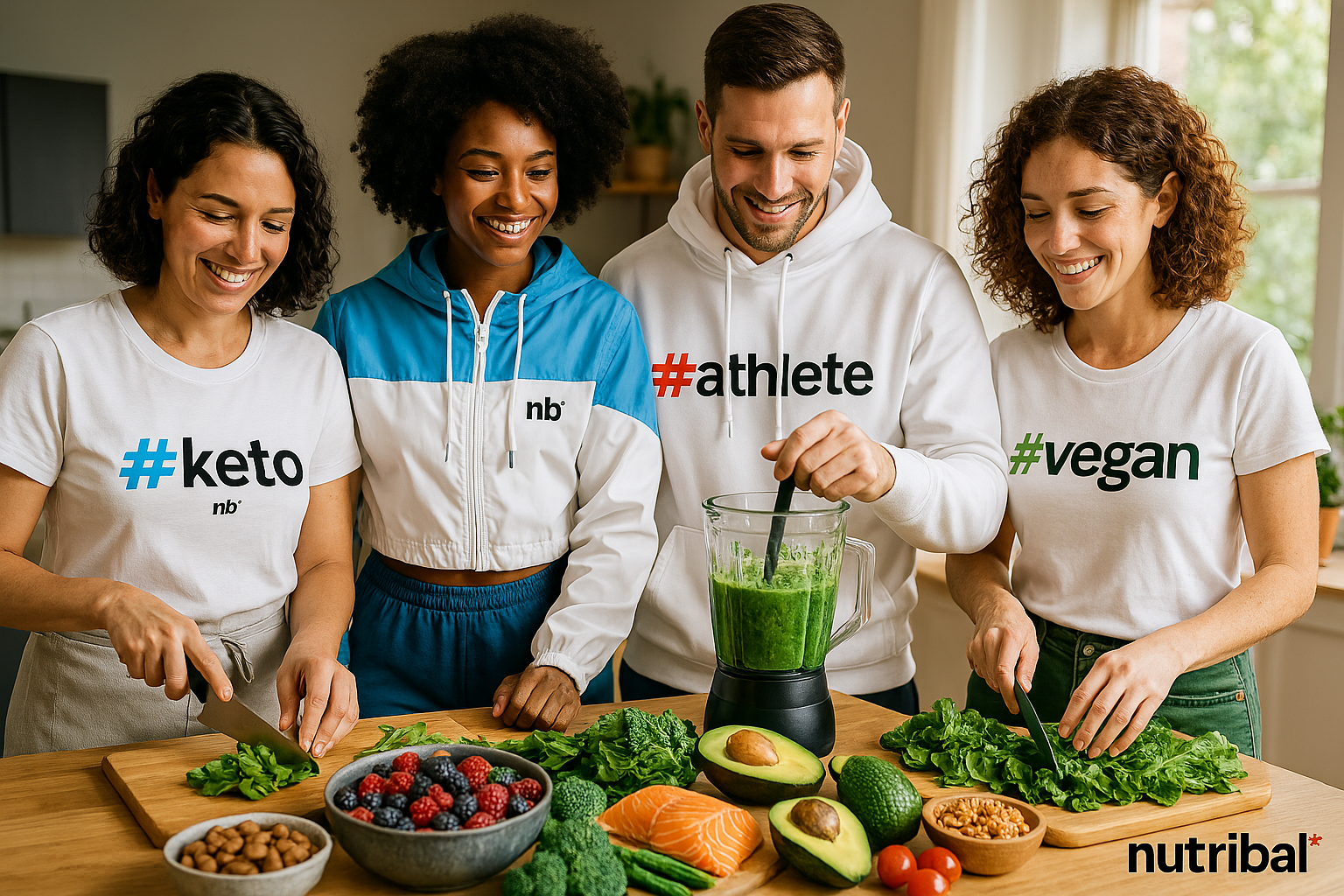Estimated Reading Time
About 8 minutes
Table of Contents
Introduction
The *ketogenic diet* aims to shift your body from burning carbohydrates to using fat for energy by drastically reducing carb intake and increasing healthy fats. This approach can promote *weight loss*, improved blood sugar control, and increased energy for many individuals. Below, you’ll discover how to start a keto diet with confidence, what to eat, and how to leverage targeted supplements for a smoother transition.
Key Insights
- Aim for high-fat, low-carb to prompt ketosis and burn stored fat.
- Track your macros to stay consistent and meet your nutritional goals.
- Use keto-friendly supplements to support energy levels and metabolic health.
- Plan ahead to navigate potential side effects like the “keto flu.”
- Discuss major dietary changes with a healthcare professional before starting.
Full Body Content
Understanding the Keto Diet
The keto diet involves an eating plan that’s *high* in healthy fats, *moderate* in protein, and *very low* in carbohydrates. This structure helps shift your body into ketosis, where it produces ketones to fuel your muscles and brain instead of relying on glucose. According to WebMD, people who reach ketosis often experience reduced hunger and more stable energy levels. If you’re new to keto and seeking guidance, consider the KETO STARTER Bundle from Nutribal to simplify your entry into this lifestyle.
*”In ketosis, your body becomes more efficient at burning fat for fuel—a transition that can boost both physical and mental energy.”*
How to Start a Keto Diet
Embarking on a keto journey requires *planning* and *commitment*. Below are key steps, adapted from Everyday Health:
- Set a date and prep your environment. Clear out high-carb foods and stock up on keto-friendly options.
- Gradually lower carbs. Aim for a gentle transition over one to two weeks.
- Track your macros. Aim for roughly 70–75% fat, 20–25% protein, and 5–10% carbs each day.
- Stay hydrated and supplement electrolytes. Dehydration can worsen early side effects, so drink water and replenish minerals as needed.
For an *extra metabolic boost*, consider Nutribal’s KETO-5 Supplement which supports energy and fat burning. Alternatively, the Smooth Keto Solution can help ease you into ketosis while supporting mental clarity.
Keto Diet Foods List
When following a keto diet, focus on *whole, nutrient-dense foods*. According to tips from Atkins, try these suggestions:
- Healthy fats (avocado, olive oil, coconut oil)
- Proteins (meats, fish, poultry, eggs, cheese)
- Low-carb vegetables (leafy greens, broccoli, cauliflower)
*Avoid* grains, sugary snacks, high-carb fruits, and starchy vegetables. These can quickly push you out of ketosis.
Benefits and Risks
Supporters of keto often highlight *weight loss*, improved energy, and sharper mental focus. However, Banner Health advises that keto newcomers may experience the “keto flu,” nutrient deficiencies, or find it challenging to sustain. Planning balanced meals and monitoring progress can help mitigate these risks.
Keto vs. Low-Carb Diets
Although keto is technically a low-carb diet, it’s far more restrictive with carbohydrate intake—usually *under 50 grams* per day—to maintain ketosis. According to Factor75, a standard low-carb diet may be more flexible and not necessarily induce ketosis, giving it a different metabolic impact.
Best Keto Supplements
Many individuals choose additional *nutritional support* to help manage carb cravings, energy dips, and nutrient gaps. Well-formulated products—like Nutribal’s KETO-5 Energy Formula or the Smooth Keto Fat Burner—may improve fat metabolism and sustain mental clarity when carb intake is low. For comprehensive guidance on macros, you can explore the THE KETO PLATES resource for easy meal planning.
Conclusion
Getting started with keto requires thoughtful *planning* and *self-awareness*. If you integrate exercise, reference our Starter Sports Nutrition Guide for workout-friendly tips. Take advantage of specialized product support like Nutribal’s Ketogenic Starter Kit, Keto-5 Fat Metabolism Enhancer, and Smooth Keto Clarity Booster to maximize results. Physical well-being is always personal, so consult a healthcare professional before beginning any new dietary program and *listen to your body* to shape a sustainable, healthy keto lifestyle.
FAQ
Q: Is the keto diet safe for everyone?
A: Most healthy adults can try keto safely, but always discuss with a healthcare provider if you have existing conditions or nutritional concerns.
Q: How long does it take to enter ketosis?
A: Many people reach ketosis within a few days, but it can take up to a week or longer depending on factors like carb intake, metabolism, and activity level.
Q: What is the keto flu and how can I prevent it?
A: The “keto flu” describes temporary fatigue, headaches, or irritability when your body adapts to low carbs. Staying hydrated and replenishing electrolytes often helps diminish these symptoms.
Q: Can I still work out on a keto diet?
A: Yes. Many people successfully maintain workout routines on keto. You may need time for your body to adapt, and supplements that support ketogenic energy can be beneficial.

